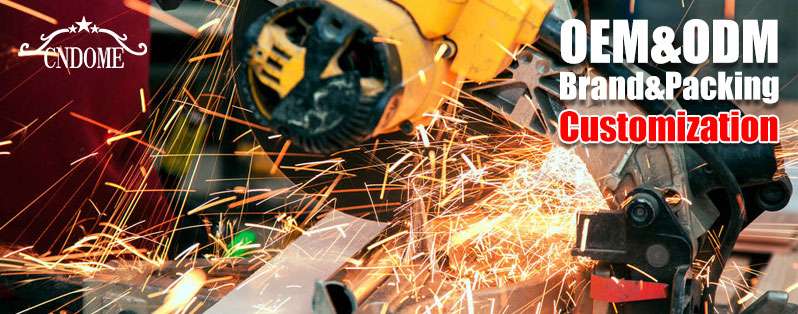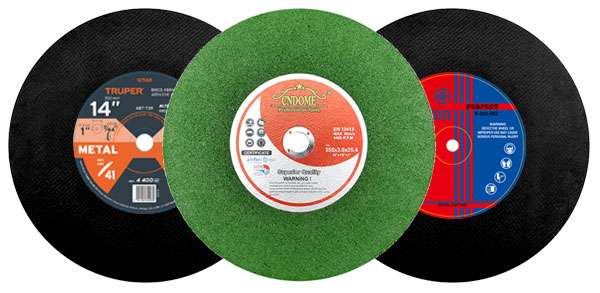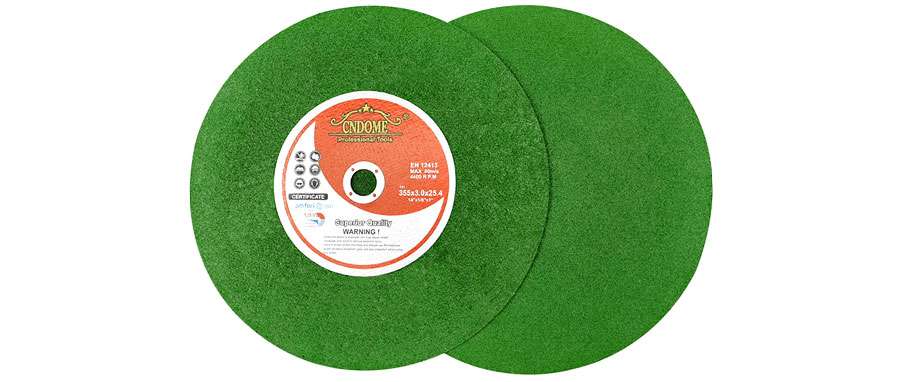Stainless steel is a versatile and widely used material in various industries due to its corrosion resistance, durability, and aesthetic appeal. Whether you are working on construction projects, automotive repairs, or DIY crafts, cutting stainless steel accurately and efficiently is crucial. One of the best tools for this task is the cutting wheel. In this guide, we’ll explore everything you need to know about cutting wheels for stainless steel.
Understanding Cutting Wheels
Cutting wheels, also known as cut-off wheels or abrasive discs, are circular tools designed to cut through various materials. They are made from abrasive grains bonded together with resin. When it comes to stainless steel, choosing the right cutting wheel is essential to achieve a clean cut without damaging the material.
Types of Cutting Wheels for Stainless Steel
1. Resin-bonded Cutting Wheels: These wheels are made from a mixture of abrasive grains and resin, offering high cutting efficiency and durability. They are suitable for various cutting tasks and are widely used in both industrial and DIY applications.
2. Diamond Cutting Wheels: Featuring industrial-grade diamond particles, these wheels provide exceptional cutting performance and longevity. They are ideal for precision cutting and can handle the toughest stainless steel grades.
3. Ceramic Cutting Wheels: Ceramic wheels are known for their ability to stay cool during cutting, reducing the risk of heat damage to the stainless steel. They also offer a long service life and consistent cutting performance.
4. Aluminum Oxide Cutting Wheels: These are commonly used for cutting stainless steel due to their affordability and effectiveness. They provide a good balance of cutting speed and wheel life.
Key Features to Consider
- Wheel Diameter and Thickness: The size of the cutting wheel affects the cutting depth and speed. Thinner wheels (e.g., 1mm) are ideal for precise cuts, while thicker wheels (e.g., 3mm) are better for heavy-duty applications.
- Abrasive Grain: The type of abrasive grain used in the cutting wheel determines its cutting efficiency and lifespan. Aluminum oxide, ceramic, and diamond grains are commonly used for cutting stainless steel.
- Bond Strength: The bond strength of the wheel affects its durability and cutting performance. Resin bonds are flexible and provide smooth cuts, while metal bonds offer enhanced durability.
- RPM Rating: Ensure that the cutting wheel’s RPM rating matches the maximum speed of your cutting tool to prevent accidents and achieve optimal performance.
Best Practices for Using Cutting Wheels
1. Choose the Right Wheel: Select a cutting wheel specifically designed for stainless steel to ensure efficient and clean cuts.
2. Use Proper Safety Gear: Always wear safety goggles, gloves, and hearing protection when using cutting wheels to protect yourself from debris and noise.
3. Secure the Workpiece: Clamp the stainless steel securely to prevent movement during cutting, which can lead to uneven cuts and potential accidents.
4. Maintain a Steady Speed: Avoid applying excessive pressure and let the wheel do the cutting. Maintaining a steady speed ensures smooth and precise cuts.
5. Cool the Material: Use a cooling agent, such as water or cutting fluid, to prevent overheating and warping of the stainless steel.
6. Inspect the Wheel: Regularly check the cutting wheel for signs of wear or damage and replace it as needed to maintain cutting efficiency and safety.
Conclusion
Cutting wheels are essential tools for working with stainless steel, offering precision and efficiency in various applications. By choosing the right type of cutting wheel and following best practices, you can achieve clean, accurate cuts while ensuring the longevity of both your cutting tools and the stainless steel material. Whether you are a professional metalworker or a DIY enthusiast, understanding the nuances of cutting wheels will enhance your cutting projects and deliver optimal results.



